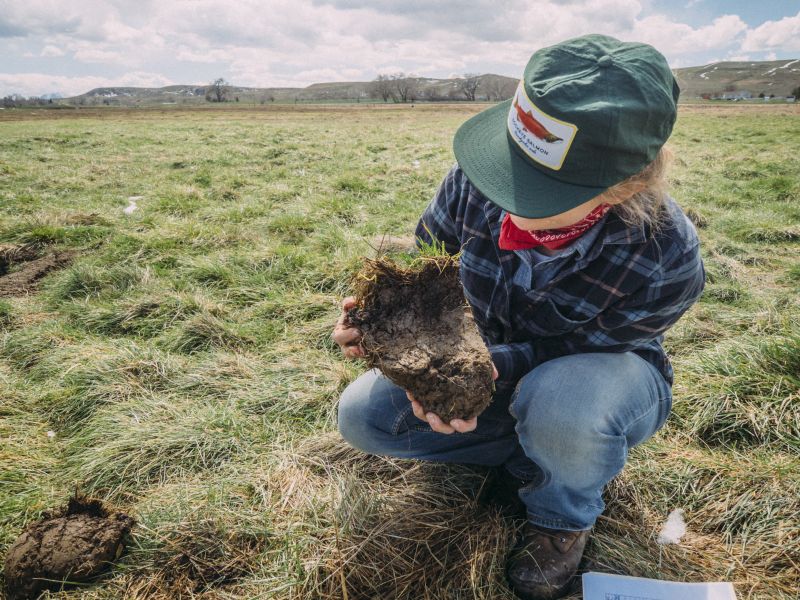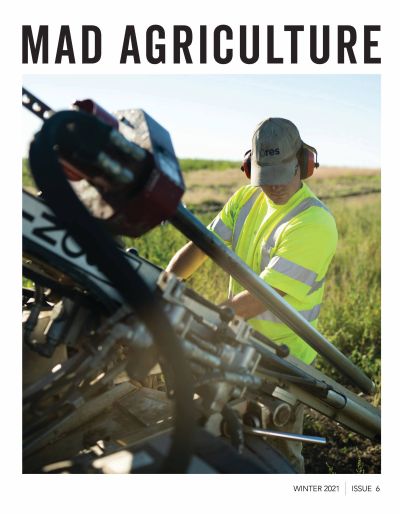
The Mad Agriculture Journal
Sockeye Salmon
Published on
November 12, 2021
Written by
Philip Taylor
Photos by
Jane Cavagnero
I’ve caught a few salmon, mainly Chinook, coho and Atlantic. Watching a salmon die is a remarkable thing. The creature is so exhausted by the time it reaches the end of the rod, its death is almost inevitable. The shimmering palette of a thousand shades of silver fades quickly to monochrome. Mary Oliver describes it as ‘the slow pouring off of rainbows’. The excretion of mucous through the skin and the stench of iron is nauseating. The color of salmon has always been mesmerizing, especially as it shifts with the stages of life, as they give everything in service to life, to the point of death.
While I’ve never seen a wild sockeye salmon, I care deeply about them. My fascination with sockeye has deepened over the past decade as I’ve tracked the Pebble Mine development in the headwaters of Bristol Bay in Alaska. Bristol Bay and its watershed are home to the last great sockeye salmon run. Northern Dynasty Minerals Ltd. calls the headwaters of Bristol Bay one of the last great resources of gold, copper and molybdenum.
I follow with bated breath. It’s the sort of showdown that won’t die until we decide to stop mining for precious metals. As a youth, I fought and lobbied hard to stop oil drilling in Alaska National Wildlife Refuge. It worked briefly, until political power shifted. For me, sockeye salmon epitomize the wrestling of paradigms of progress. Protecting Bristol Bay watershed is a huge fork in the road. It’s a reminder of how small the world truly is, and why distant lands are worth protecting as fervently as our backyard.
